Yellowstone, America's first national park, is renowned for its natural splendors and its rich tapestry of historic sites.
As you navigate its vast terrains, each corner presents a tale from bygone days, silently echoing the footsteps of those who once tread there.
From ancient Native American landmarks to early 20th-century architectural wonders, Yellowstone's history intertwines seamlessly with its breathtaking landscapes.
Here are nine must-see historic sites within Yellowstone that promise to captivate history enthusiasts and casual visitors alike.
1. Old Faithful Inn
The Old Faithful Inn is next to the iconic Old Faithful Geyser, showcasing the remarkable architectural achievements of the early 20th century.
Built between 1903 and 1904, it stands out as one of the few log hotels still operating in the United States.
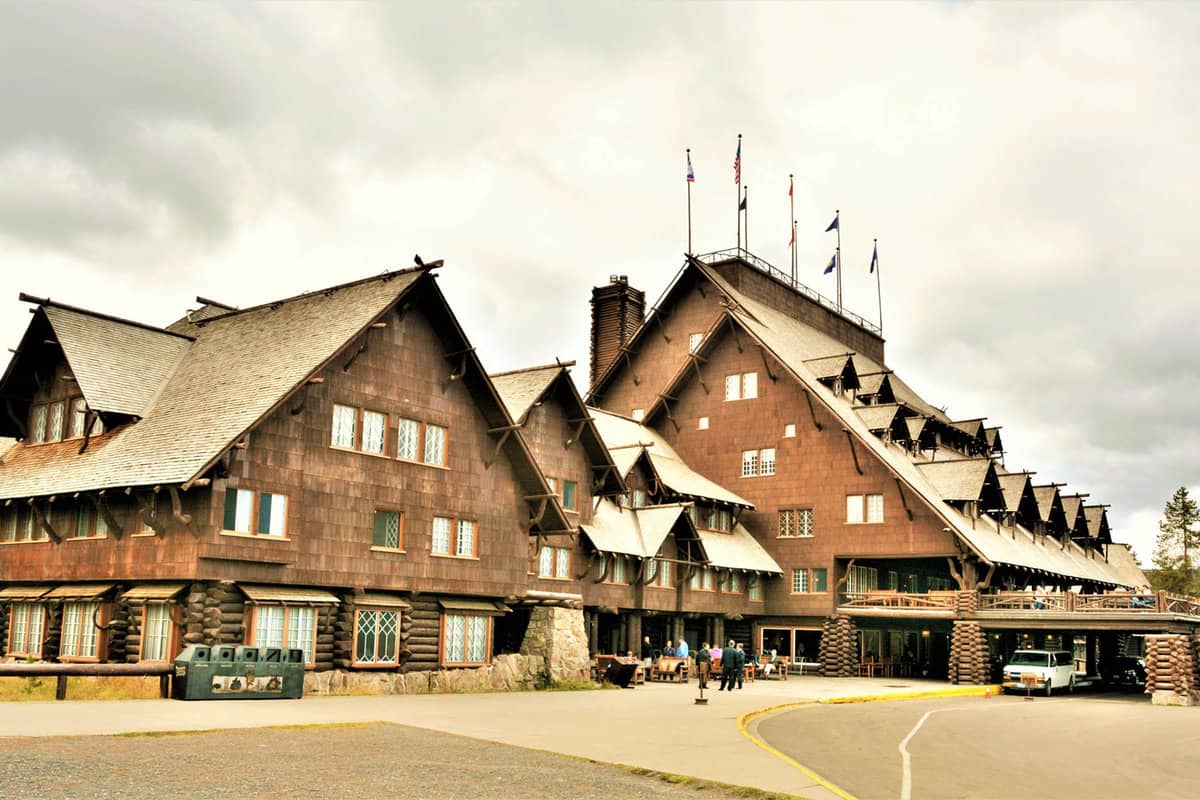
Designed by architect Robert Reamer, the inn's intricate woodwork, expansive log beams, and massive stone fireplace exude a rustic charm that has captivated visitors for over a century.
While the inn has seen various renovations, its historic essence has been preserved, allowing guests to experience a piece of Yellowstone's storied past.
2. Fort Yellowstone
Nestled in the scenic Mammoth Hot Springs area, Fort Yellowstone is a monument to the park's early protective measures.
Established as a base for U.S. Army operations from 1886 to 1918, the army's presence deterred potential poachers and vandals, ensuring the park's natural wonders remained unscathed.
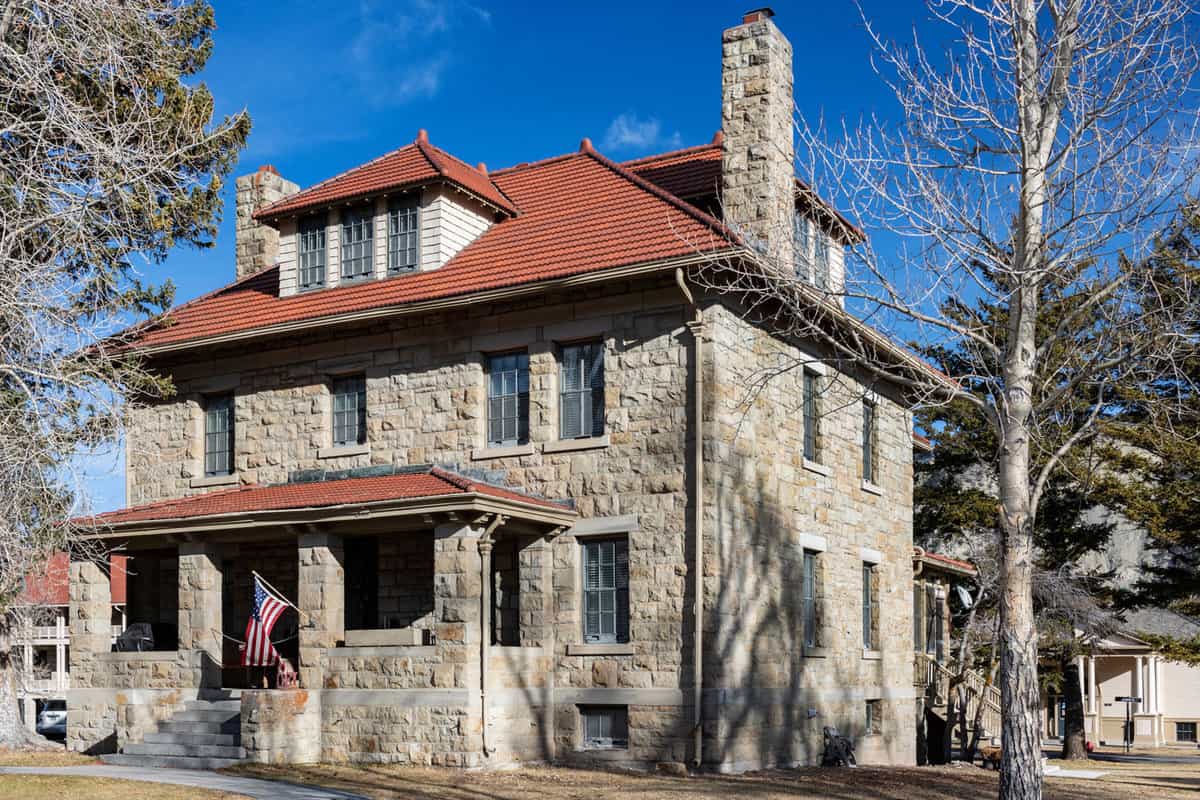
The collection of historic buildings at the site, constructed using local sandstone, includes officers' quarters, barracks, and a guardhouse.
As the National Park Service was founded in 1916, the army's role in the park's protection diminished, and by 1918, the fort was handed over to the newly established agency.
Today, many of the fort's structures serve as administrative offices for the park.
3. Roosevelt Arch
Standing tall at the North Entrance in Gardiner, Montana, the Roosevelt Arch is a symbolic gateway to Yellowstone.
During his 1903 visit, President Theodore Roosevelt laid the cornerstone of this imposing stone archway, commemorating the park's commitment to public access and preservation.
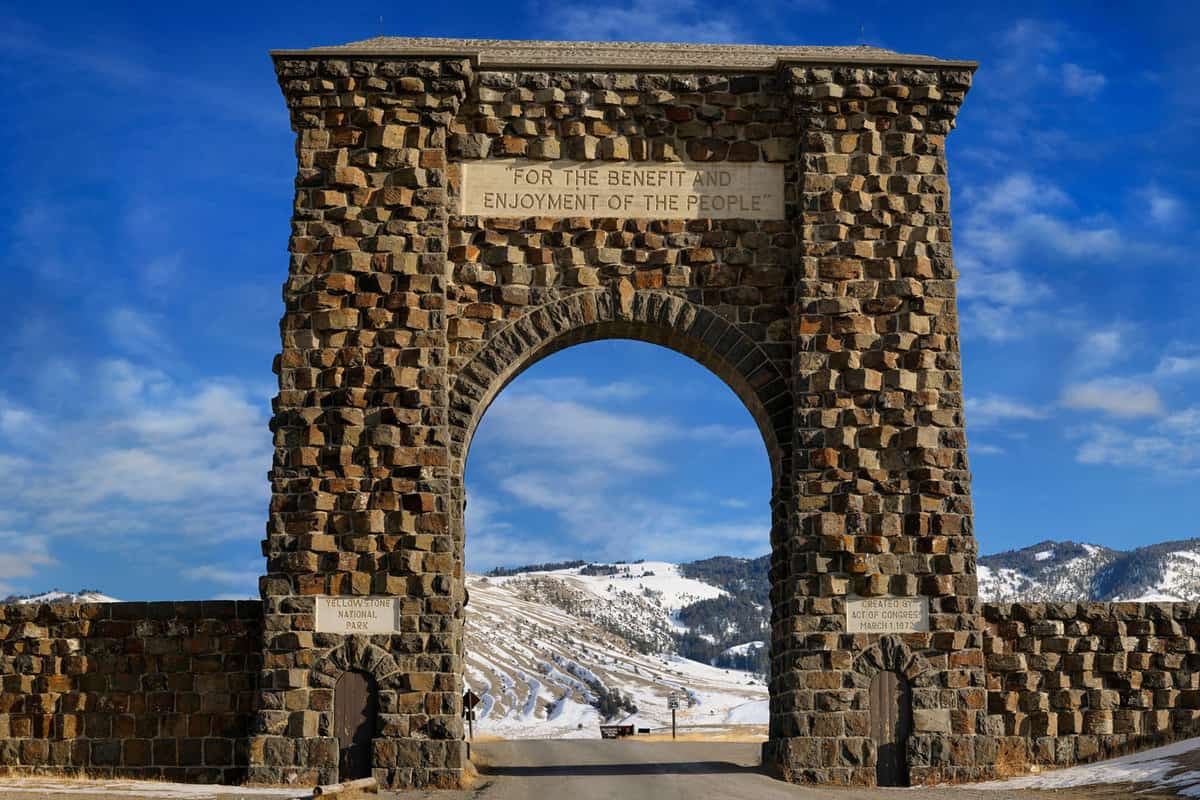
Inscribed prominently with the words "For the Benefit and Enjoyment of the People," the arch serves as a poignant reminder of the park's foundational ethos.
Made primarily from local basalt columns, the arch reaches a height of 50 feet, providing a grand entrance for those arriving by the Northern Pacific Railway.
Over the years, it has become an iconic photo spot for visitors, embodying the spirit of Yellowstone.
4. Lake Hotel
Gazing upon the tranquil waters of Yellowstone Lake, the Lake Hotel is a symbol of the park's storied past and the progression of tourism it has witnessed.
Built in 1891, it holds the honor of being the oldest operating hotel in Yellowstone.
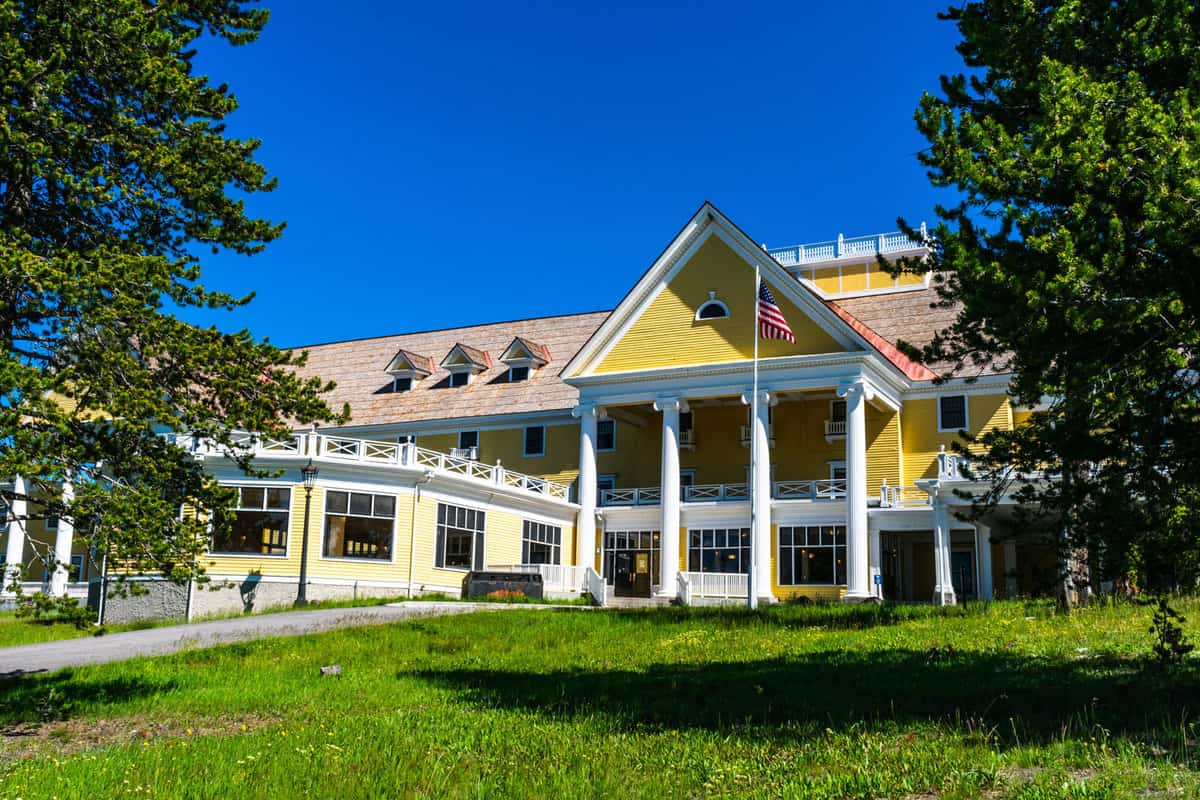
With its prime location, guests are treated to unparalleled views of the largest high-elevation lake in North America.
The hotel underwent a significant transformation in the 1920s, embracing a colonial-style appearance that has since become emblematic of its elegance.
Today, visitors can immerse themselves in the charm of yesteryears while enjoying modern comforts.
5. Obsidian Cliff
Towering along the northern section of Yellowstone, Obsidian Cliff is much more than just a geological marvel.
This rich source of volcanic glass, obsidian, was a vital resource for Native Americans for millennia.
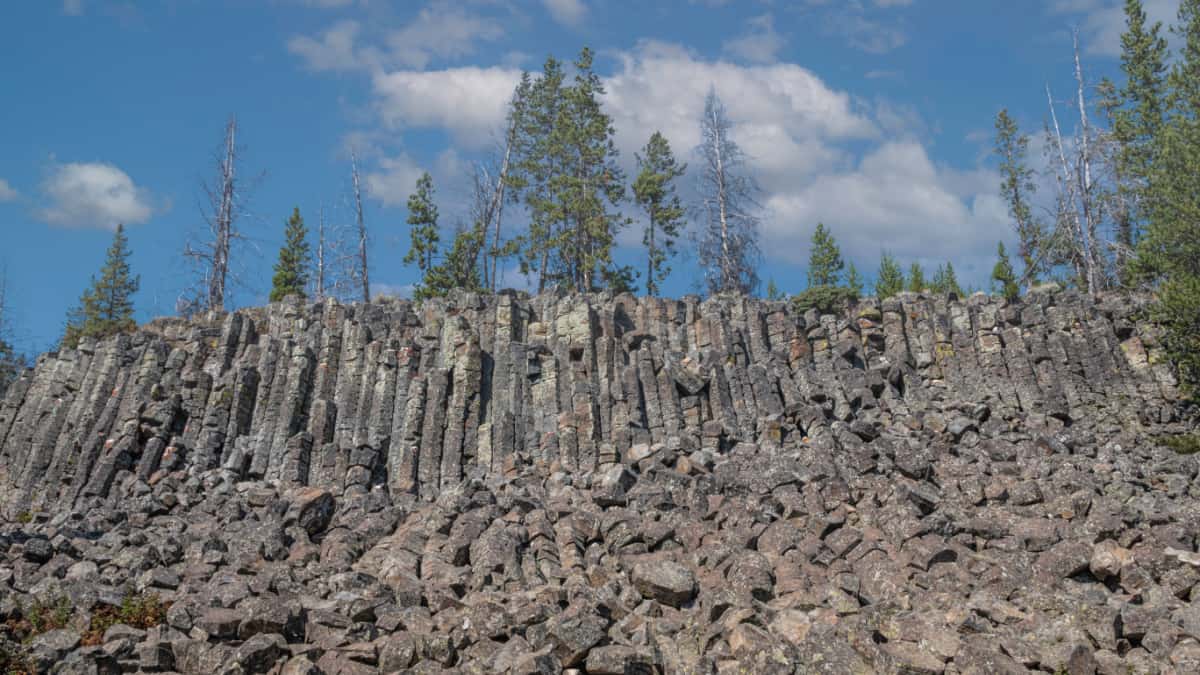
They skillfully fashioned this material into tools, weapons, and trade goods, underscoring its importance in prehistoric life.
Beyond its utility, Obsidian Cliff is also a window into ancient trade networks, revealing the vast distances people traveled to acquire this coveted resource.
Recognizing its historical and cultural significance, it was designated a National Historic Landmark in 1996.
6. Norris Geyser Basin Museum
Founded in 1930, the Norris Geyser Basin Museum is the entry point to one of Yellowstone's most vibrant geothermal regions.
The museum's distinct rustic architectural style reflects the design principles that shaped the early national parks.
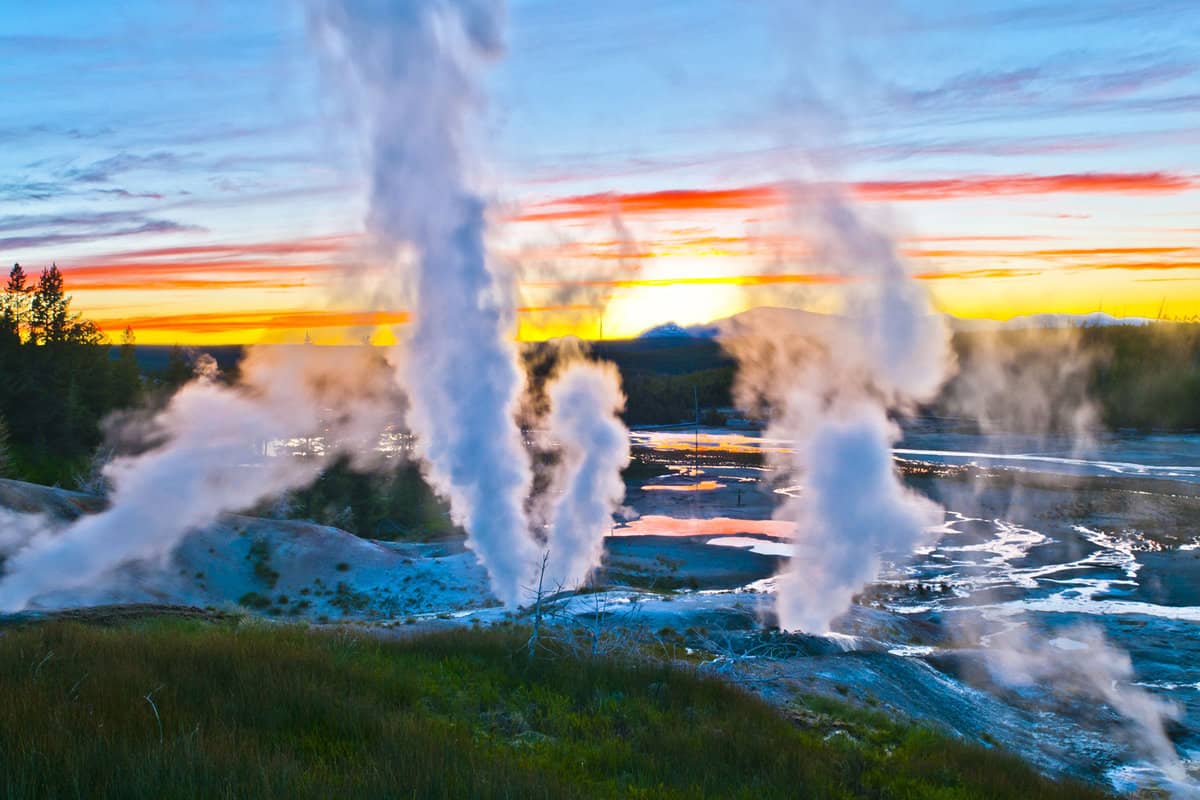
Inside, visitors are introduced to the intricacies of Yellowstone's geothermal features, gaining insights into the forces that have sculpted the landscape for millions of years.
The exhibits weave together science, history, and art, comprehensively understanding the park's geothermal wonders.
Its location also allows visitors a firsthand experience, with the sounds and sights of the Norris Geyser Basin just a stone's throw away.
7. Lamar Buffalo Ranch
Established in the early 1900s, the Lamar Buffalo Ranch is a beacon of conservation success within Yellowstone National Park.
Recognizing the precipitous decline of the American bison, the National Park Service initiated a breeding program at the ranch to prevent the species from vanishing.
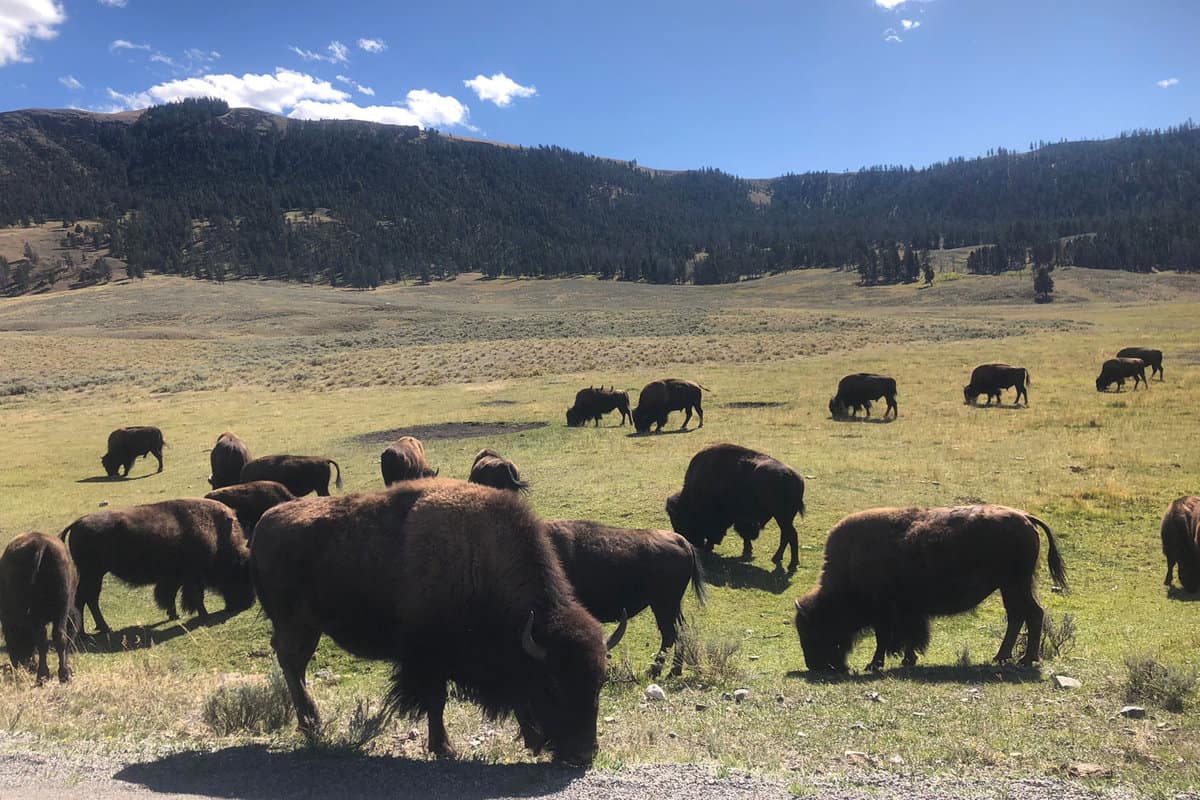
By the 1920s, efforts at the ranch bore fruit, with the bison population showing a promising increase. Today, the ranch no longer fulfills its original breeding purpose.
Nevertheless, it serves as a vivid reminder of the unwavering commitment to conservation and the remarkable resilience displayed by the American bison.
Visitors to the ranch can learn about its pivotal role in bison conservation and its broader implications for wildlife management in national parks.
8. Heritage and Research Center
Strategically positioned in Gardiner, Montana, just outside Yellowstone's boundary, this center is a gateway to the park's rich history and diverse natural wonders.
Within its walls, exhibits chronicle the profound impact of Native American communities on the region and the exploration and establishment of the park in the late 19th century.
Additionally, the museum sheds light on the park's unique geothermal features, from geysers to hot springs, providing scientific insights into their formation and significance.
As a hub of information, the museum serves as a primer for visitors, setting the stage for a deeper appreciation of Yellowstone's multifaceted heritage.
Whether a first-time visitor or a returning enthusiast, the museum offers fresh perspectives on the park's enduring legacy.
9. Museum of the National Park Ranger
Housed in the historic Norris Soldier Station, the Museum of the National Park Ranger is a tribute to the guardians of America's national treasures.
Since the inception of the National Park Service in 1916, rangers have been at the forefront, ensuring the protection and preservation of both natural and cultural resources.
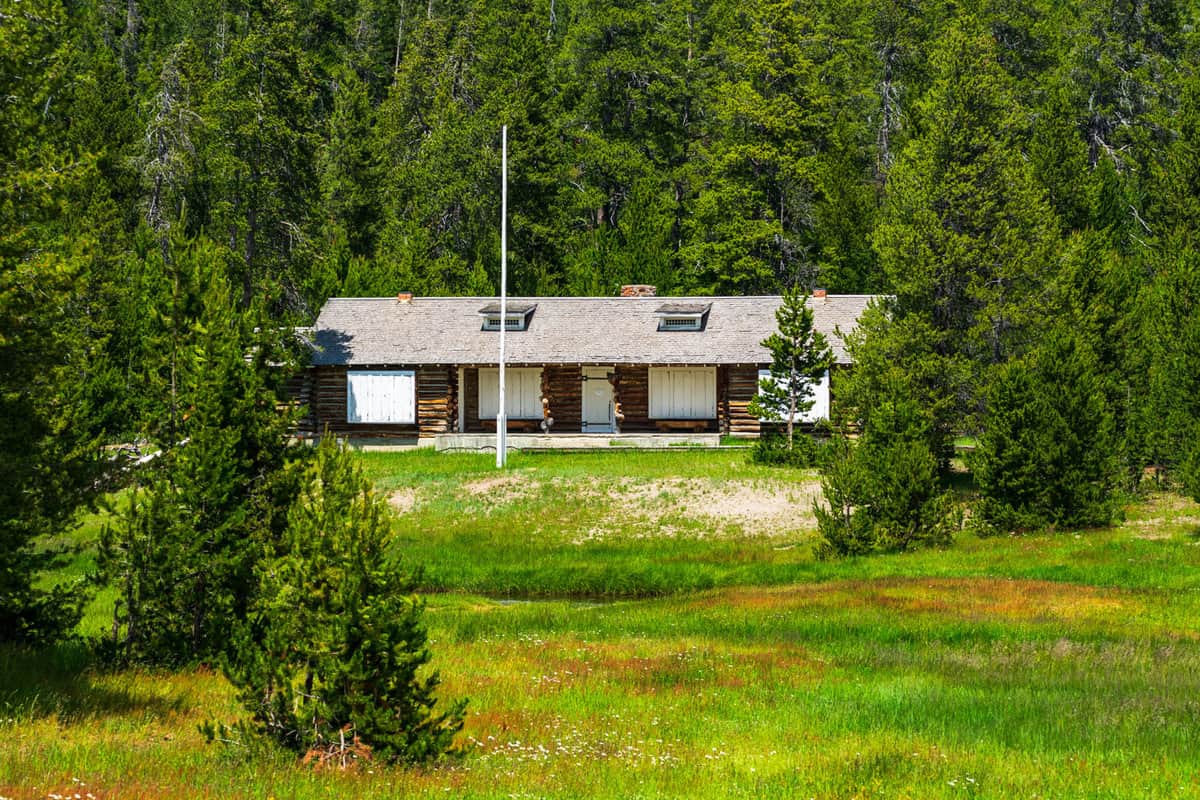
The museum chronicles the evolution of park management over the years, highlighting the challenges and triumphs rangers encounter.
Through personal accounts, artifacts, and interactive displays, visitors gain a comprehensive understanding of the ranger profession and its integral role in shaping the national park experience.
The museum serves as a poignant reminder of the dedication and commitment required to maintain the sanctity of America's cherished landscapes.
Reflecting on Historic Sites: The Heartbeat of Yellowstone
Reflecting on our journey through Yellowstone's captivating past, the park showcases itself as a breathtaking natural wonder and a living tribute to the historical sites and endeavors that have left their mark.
From the majestic bison roaming its plains to the dedicated rangers safeguarding its treasures, every corner of Yellowstone whispers a story of historic sites that have witnessed the passage of time.
So, the next time you find yourself wandering its vast expanse, take a moment to appreciate the awe-inspiring landscapes and the rich history that pulses beneath.
After all, every geyser, trail, and historic building has a tale to tell. And who knows? Maybe your visit will become a part of Yellowstone's next chapter.
Safe travels and happy exploring!
Are you passionate about historic sites? Yellowstone is just the tip of the iceberg. Venture further and uncover these other captivating destinations:
9 Best Historic Sites in Florida: Time-Travel Destinations Beyond the Beaches
15 Historic Sites In Brooklyn You Should Visit
